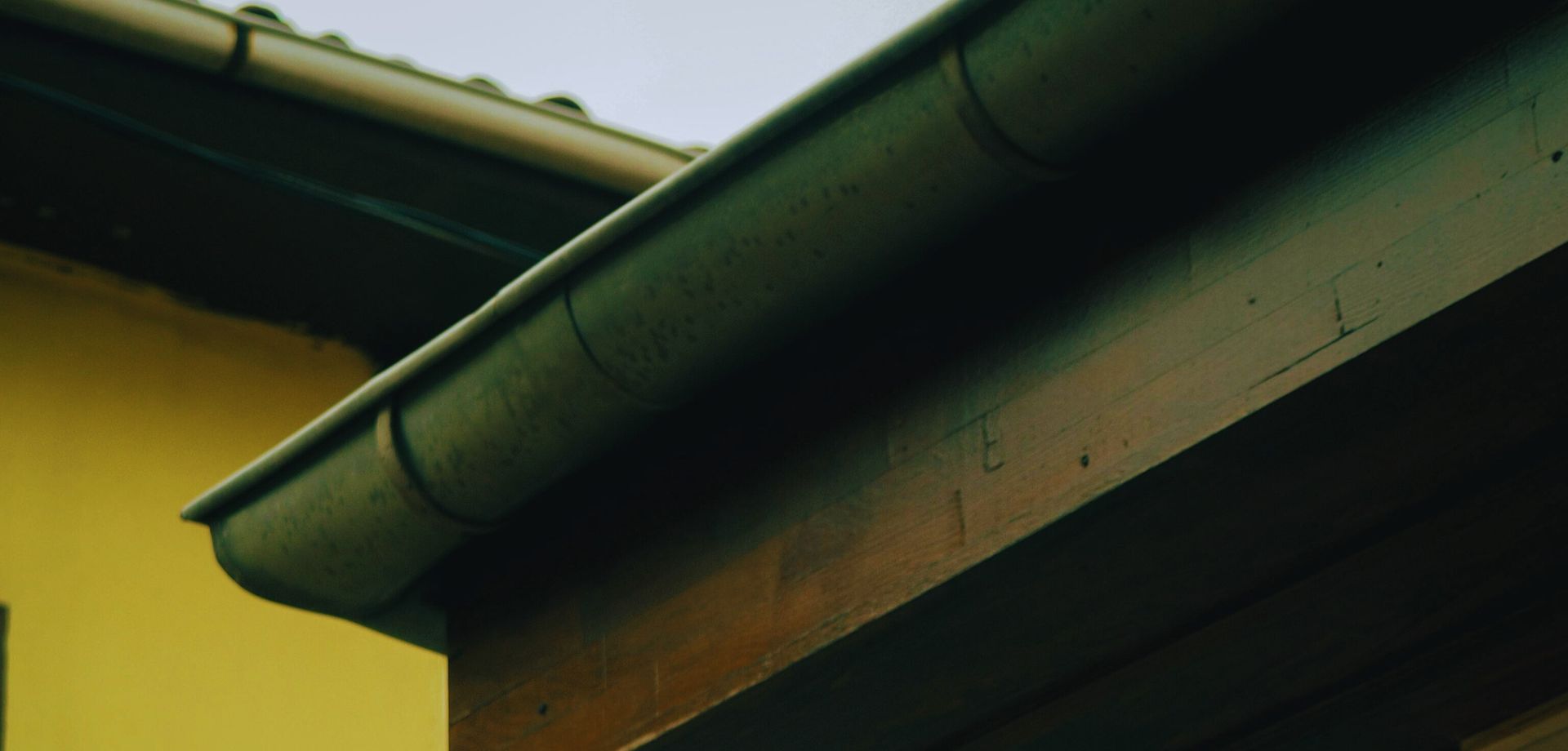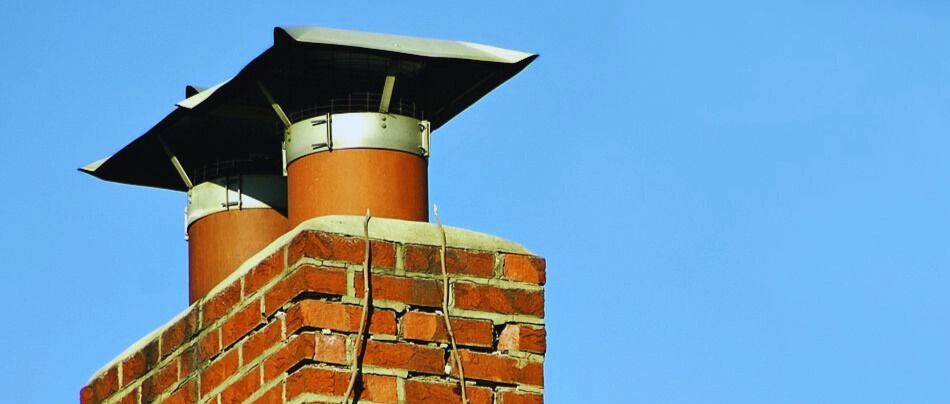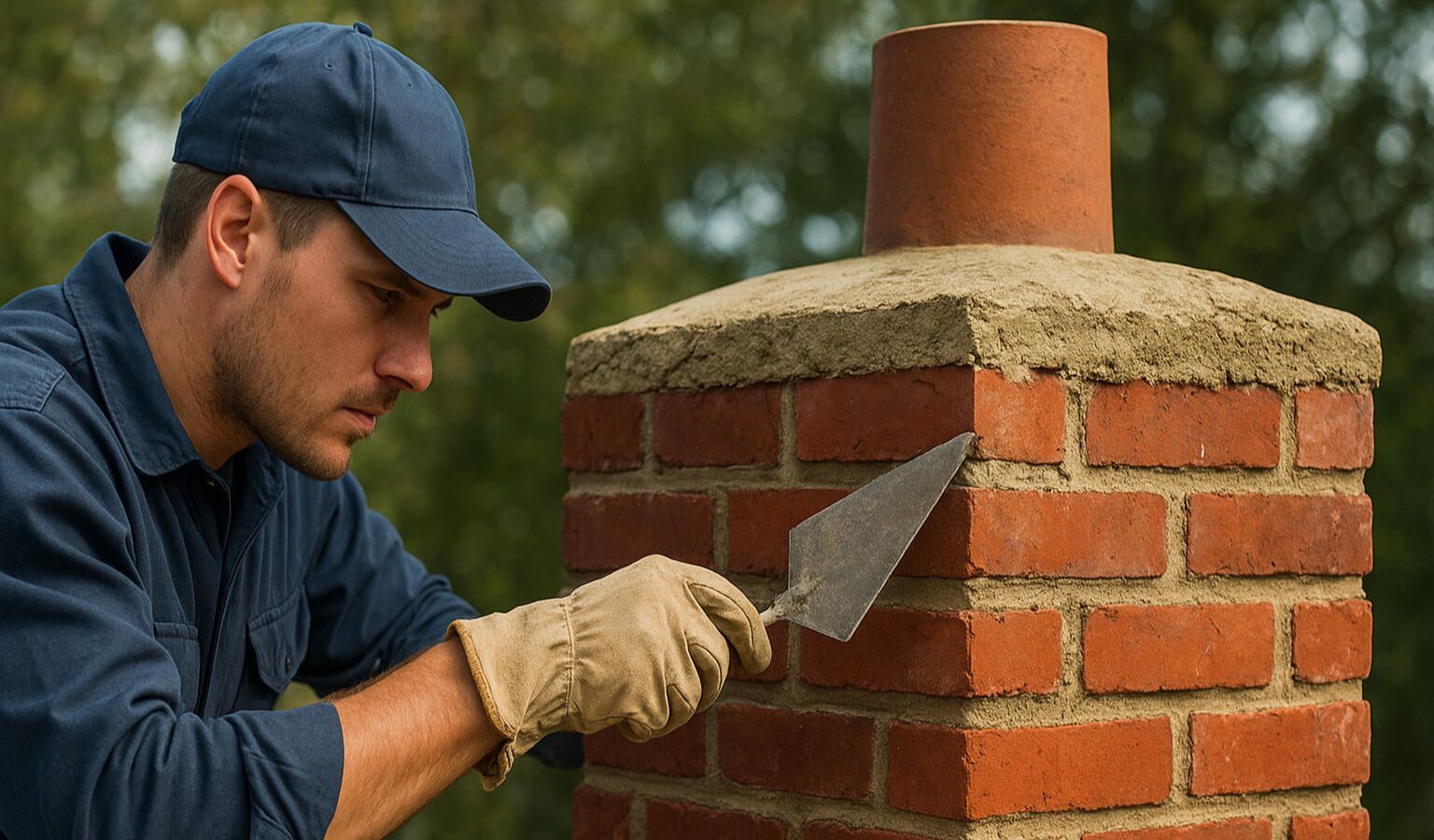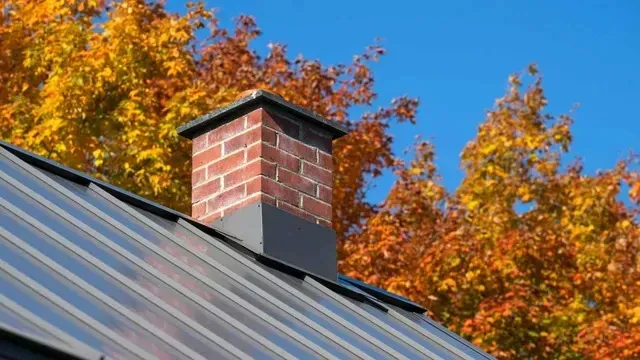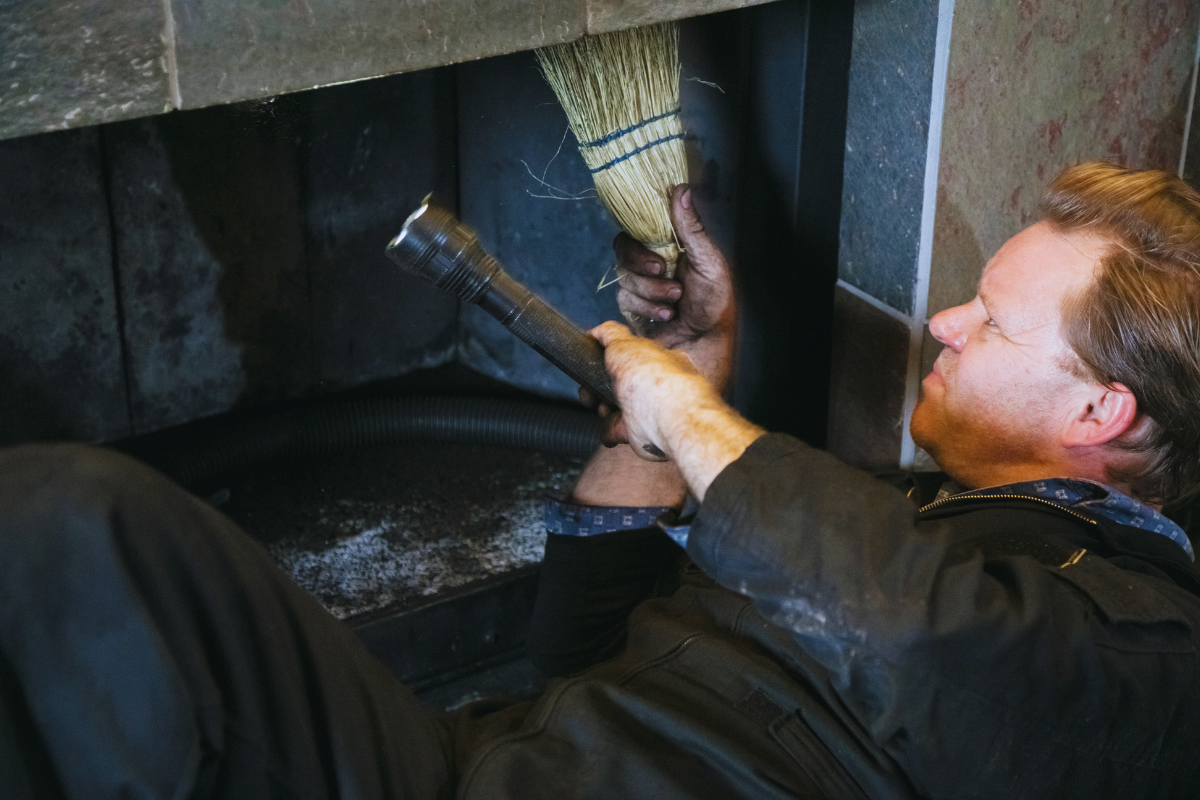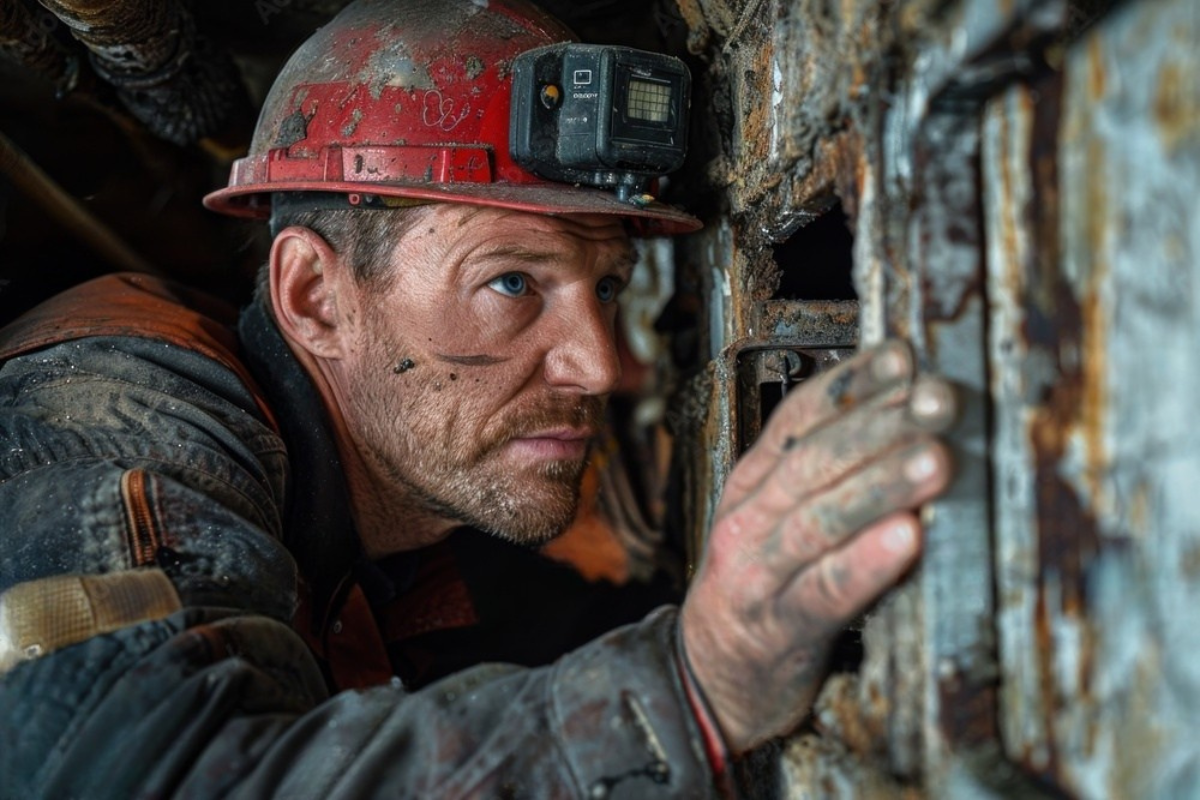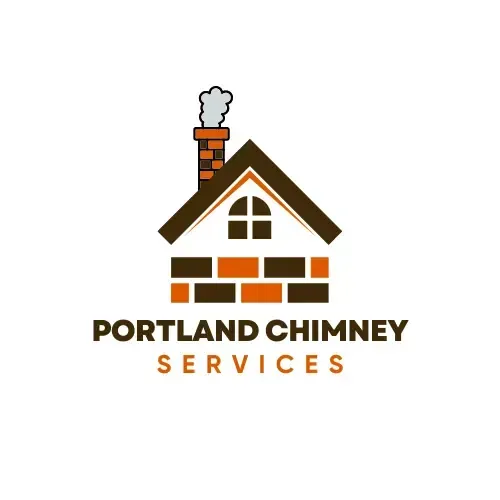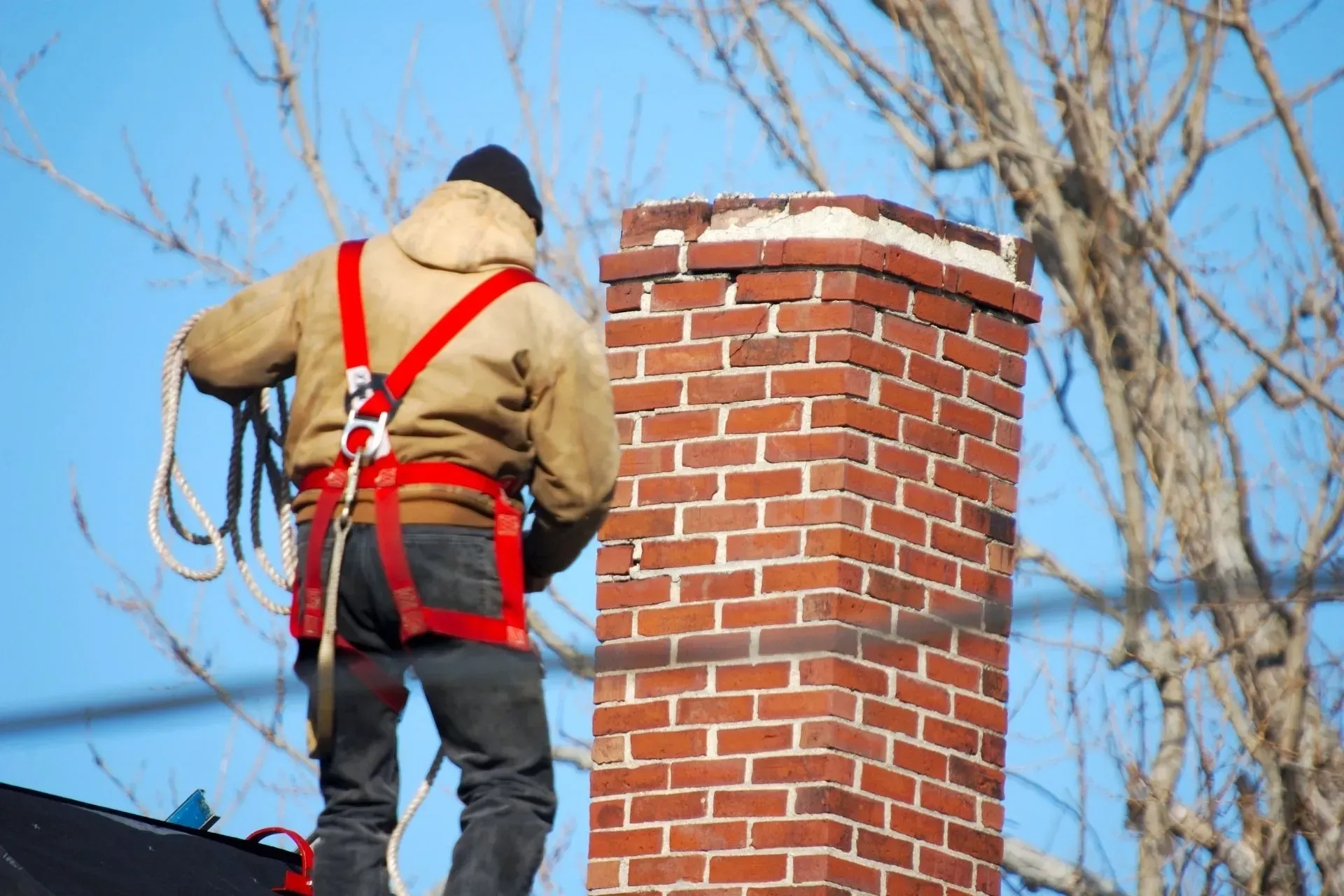Homeowners often forget about their chimney until a problem arises—like smoke backing into the living room or a fire scare on a chilly evening. But here's the deal: your chimney works silently and constantly, and if neglected, it can become a serious risk to your family's safety and your wallet. That's why regular chimney servicing is key to a safer, more efficient home.
Routine checks and cleanings may seem like a small thing, but they carry big benefits. From protecting you against deadly carbon monoxide leaks to improving the efficiency of your heating system, proper chimney care is essential. And yes, it can even save you from expensive repairs down the road.
Let’s explore how chimney servicing isn’t just a seasonal chore—it’s a crucial part of responsible homeownership.
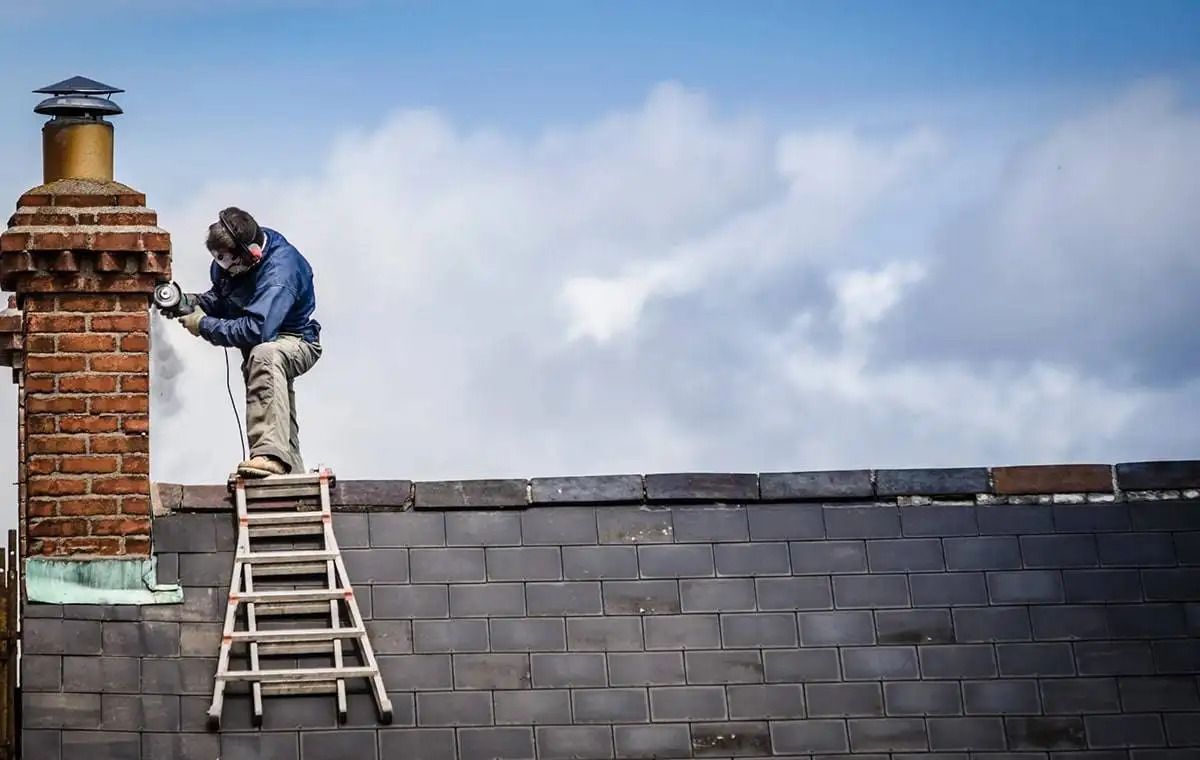
Understanding How Chimneys Work
A chimney is more than just a vertical pipe that carries smoke outside. It’s an air ventilation system specifically designed to direct harmful gases out of your home, allowing fireplaces and stoves to operate safely.
When you burn wood, gas, or oil, combustion gases—including carbon monoxide—are produced. Your chimney drafts these gases outside, creating a safer indoor environment. But if the airflow gets blocked, or buildup occurs inside the flue, those gases can seep back inside. And that’s where trouble begins.
Knowing how a chimney functions helps you appreciate why regular inspections are not just recommended—they're absolutely necessary.
Common Chimney Issues Homeowners Face
Even if your chimney looks fine on the outside, it may be hiding serious issues. Common chimney problems include:
- Creosote Buildup: A tar-like byproduct that clings to your flue.
- Structural Damage: From moisture intrusion, earthquakes, or age.
- Blockages: From leaves, bird nests, or broken masonry.
- Cracked Crowns and Caps: Which allow rain and snow to enter.
- Drafting Issues: Poor airflow that causes smoke to enter your home.
These issues may seem small, but when ignored, they can lead to dangerous and expensive consequences.
The Danger of Creosote Buildup
Creosote is a sticky, highly flammable substance that forms inside chimneys from incomplete combustion of wood. If left unchecked, it accumulates in layers—and becomes a leading cause of chimney fires.
A chimney fire can burn at over 2,000°F, damaging your chimney lining, cracking masonry, and even igniting parts of your home. Regular servicing removes this threat and keeps your chimney in optimal condition.
It's not just about soot—it's about safety. With proper chimney cleaning, you're removing a ticking time bomb.
Preventing Chimney Fires with Regular Inspections
According to the National Fire Protection Association, chimney fires are one of the leading causes of house fires during winter. These can be silent, slow-burning, and go unnoticed until significant damage is done.
By scheduling regular chimney inspections—preferably annually—you allow professionals to spot early warning signs like creosote levels, flue obstructions, and deteriorating materials. A simple inspection now could save you from devastation later.
For a thorough and professional assessment, consider reaching out to a local expert in Chimney Service.
Protecting Indoor Air Quality
Ever noticed a musty, smoky odor after lighting your fireplace? That could be a sign your chimney isn’t ventilating properly. Even worse, incomplete venting can cause carbon monoxide—a silent killer—to build up indoors.
Proper chimney servicing checks the flow of air, ensures vents are clear, and confirms that toxic gases exit your home safely. Don’t gamble with your family’s health—good air starts with a clean chimney.
Boosting Energy Efficiency with Clean Chimneys
Did you know that a dirty chimney can impact your home’s energy efficiency?
A blocked or narrowed flue makes your fireplace or heating stove work harder. That leads to increased energy usage and higher heating bills. Plus, your HVAC system has to compensate for poor indoor air quality.
By keeping your chimney clean, you’ll enjoy:
- More consistent room temperatures
- Reduced heating costs
- A longer lifespan for your heating equipment
Efficiency isn’t just about saving money—it’s also about comfort.
How Chimney Inspections Can Uncover Bigger Problems
Chimney technicians often discover problems during routine inspections that homeowners would miss entirely. These include:
- Leaky flashing around the chimney base
- Animal nests inside the flue
- Spalling bricks and crumbling mortar
- Mold or mildew from hidden water intrusion
Catching these issues early on prevents major structural damage and mold infestations. In this way, chimney servicing becomes preventive maintenance for your entire home.
The Financial Benefits of Preventive Chimney Maintenance
Think of chimney servicing as an insurance policy for your home. A single chimney cleaning costs a fraction of what it takes to repair fire damage or restore collapsed masonry.
Here’s how you save:
Preventive Service Estimated Cost
Annual Chimney Sweep $150–$300
Chimney Fire Repair $3,000–$10,000
Smoke Damage Restoration $5,000+
Hospitalization from CO Poisoning Priceless
Spend a little now to save a lot later.
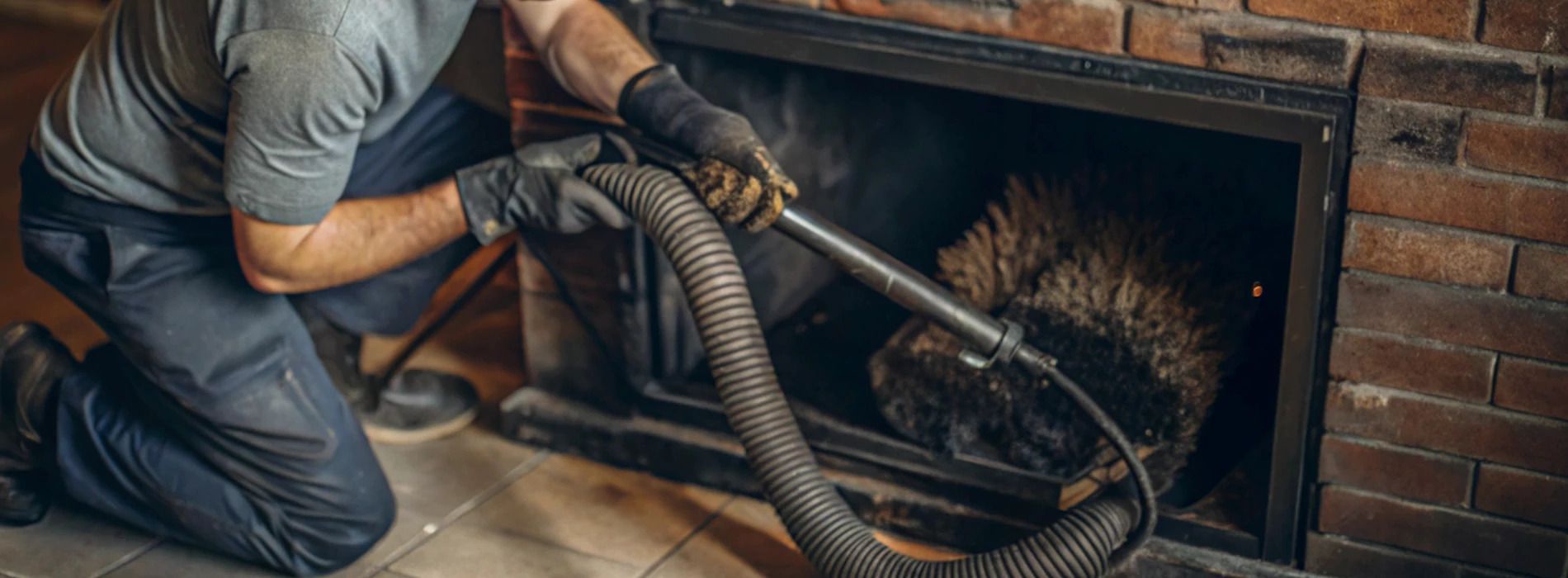
How Weather Affects Chimney Health
Chimneys are exposed to the elements all year round. Rain, snow, hail, and even temperature swings can cause:
- Cracks in the crown
- Water leakage inside bricks
- Erosion of mortar joints
- Rusted flashing or dampers
Seasonal inspections can catch weather-related damage before it affects the rest of your home.
Why Professional Chimney Service Is Better Than DIY
You might be tempted to inspect or even clean your chimney yourself—but this is not a good idea.
DIY chimney cleaning lacks the tools, expertise, and training to do a thorough job. Worse, it can be dangerous. Chimneys are high, narrow, and tricky to navigate. One missed spot could leave flammable creosote behind.
Always trust the pros. A Chimney Service professional has years of experience and the proper gear to get the job done right and safely.
Seasonal Tips: Best Time to Schedule a Chimney Service
Want to beat the rush? The best times to service your chimney are:
- Late Spring: After the heavy-use winter season.
- Early Fall: Before colder weather returns.
Scheduling early ensures you avoid long wait times and catch any off-season damage in time for winter.
What to Expect During a Chimney Service Appointment
Here’s what usually happens when a technician arrives:
- Visual inspection of the chimney and fireplace
- Creosote and soot removal
- Camera inspection of the flue (if necessary)
- Moisture and damage checks
- Recommendations for repair or maintenance
A typical appointment takes 1–2 hours. Easy, quick, and life-saving.
Choosing a Trusted Chimney Service Provider
When selecting a chimney service provider, look for:
- Certifications (e.g., CSIA or NFI)
- Customer reviews and testimonials
- Transparent pricing
- Detailed inspection reports
If you live in the Portland area, we recommend Portland Chimney Service. They offer reliable, honest, and skilled service with a focus on safety and customer satisfaction.
Need to get in touch? Use their Contact Page to book your appointment today.
Why Regular Chimney Servicing Is Key to a Safer, More Efficient Home
Let’s bring it all together. Your chimney isn’t just a stack of bricks—it’s a vital part of your home’s ventilation and safety system. Regular servicing ensures it performs efficiently, prevents deadly hazards, and protects your investment.
So whether you use your fireplace daily or just a few times a year, never overlook the importance of chimney care. Stay warm. Stay safe. Stay smart.
Frequently Asked Questions
How often should I service my chimney?
At least once a year, or more if you use your fireplace frequently.
What are the signs my chimney needs cleaning?
Smoke backing into the room, strong odors, black soot around the fireplace, or reduced draft.
Can I clean my chimney myself?
It’s not recommended. Professional servicing is more thorough and much safer.
Is creosote always dangerous?
Yes. Even a thin layer can ignite and cause a chimney fire.
How long does a chimney cleaning take?
Typically between 60 to 90 minutes, depending on the condition.
What if I don’t use my fireplace—do I still need servicing?
Yes, even unused chimneys can deteriorate or harbor pests and moisture.
Conclusion
A clean chimney is more than a matter of comfort—it's a lifeline of safety. Routine servicing improves efficiency, prevents deadly hazards, and saves money over time. Don’t wait until it's too late. Schedule your inspection today and make chimney servicing a regular part of your home care routine.
Links

